A series of deadly coordinated terrorist attacks on the Tokyo Subway system in March of 1995 led to the removal of trash cans in almost all Japanese cities.
The chemical attacks, played out from a doomsday cult referred to as the Aum Shinrikyo (meaning supreme truth), killed 12 people and further exposed an additional 1000+ people to a hazardous agent which was placed in various trash cans throughout the subway system.
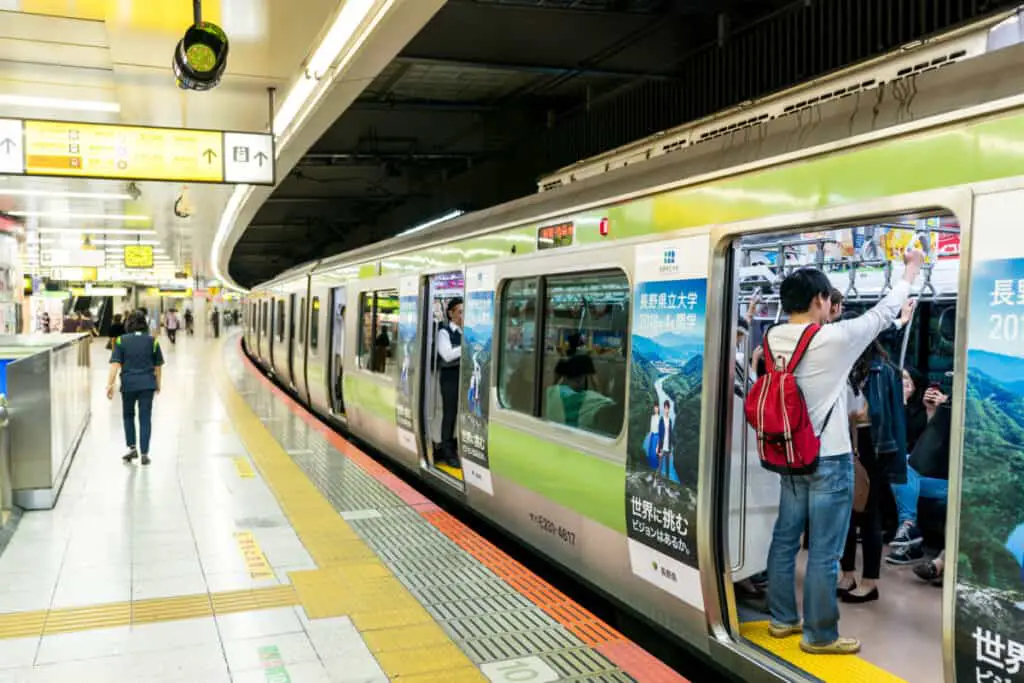
The history of terrorist attacks and trash cans.
Terrorist attacks involving toxic substances being placed in trash cans are not necessarily uncommon. Major cities such as London and Paris dealt with similarly planned attacks throughout the 1980s and 1990s, while more recently, we witnessed this method of attack during the September 11th tragedy in New York City and the Boston Marathon.
In the morning of March 20, 1995, during a busy rush hour commute, an extremely toxic chemical agent called sarin gas was left in trash cans throughout the Tokyo subway system.
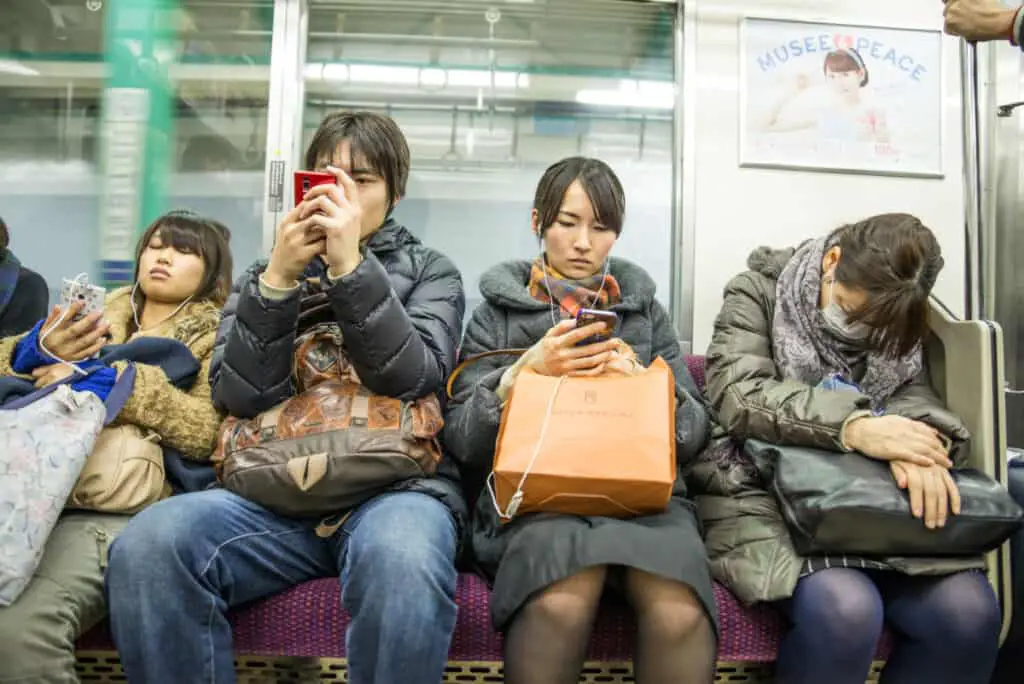
Sarin gas was first manufactured during World War II and is regarded as one of the most lethal gases ever created.
In cities with similar attacks (like New York and Boston), trash cans were temporarily removed from city streets and train stations as a precaution and to further reduce concern in its citizens.
In Tokyo, trash cans have not yet made their return. This begs the question: why, after more than 25 years since the attacks, have they still not returned?
Why are there still no trash cans in Japan public transit areas?
An attempt to ease the public’s fears is the main reason why trash cans have not made their revival back to Japan’s city streets.
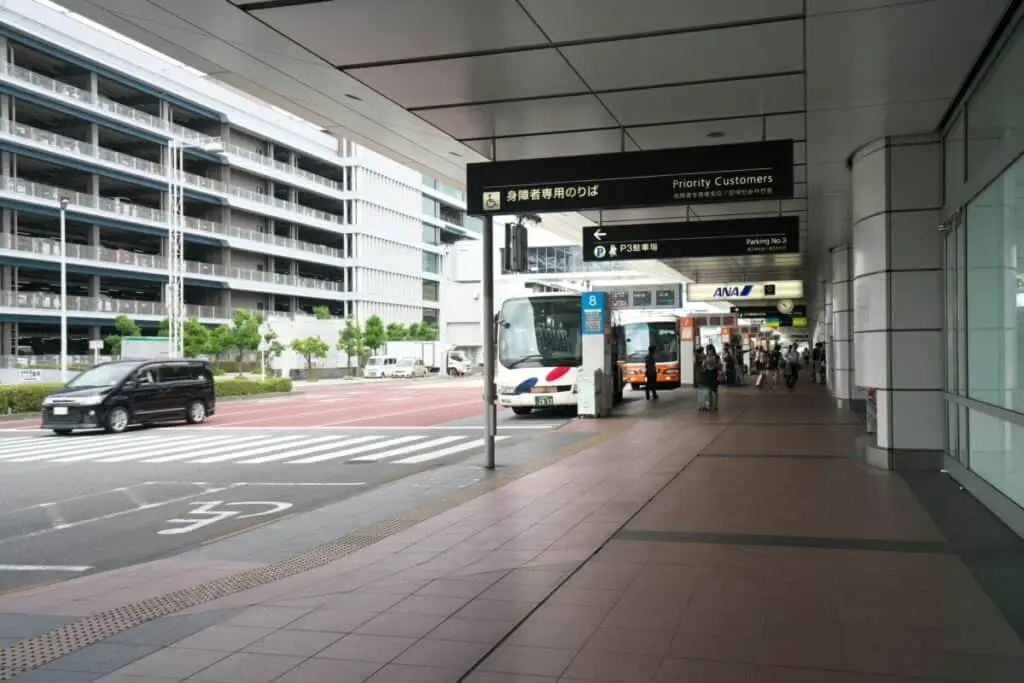
Although a lot of time has passed, Japan still has a tenuous relationship around trash cans and the threat of terror attacks, and this sentiment may remain for many more years to come.
Train station workers are habitually cautious of anything that could be deemed suspicious and linked to another incident of terror, and any trash cans that have remained get closed off for safety precautions during big events or visits with important guests, such as presidents or political figures.
Has this led to a litter problem?
Surprisingly not. In Japanese culture, cleanliness is regarded as a sign of respect, and there is a high expectation among adults and children alike to keep clean spaces.
Also, due to limited space in landfills, Japan has implemented a number of strategies to reduce waste, resulting in half the amount of waste and recycling per capita than the US and the UK.
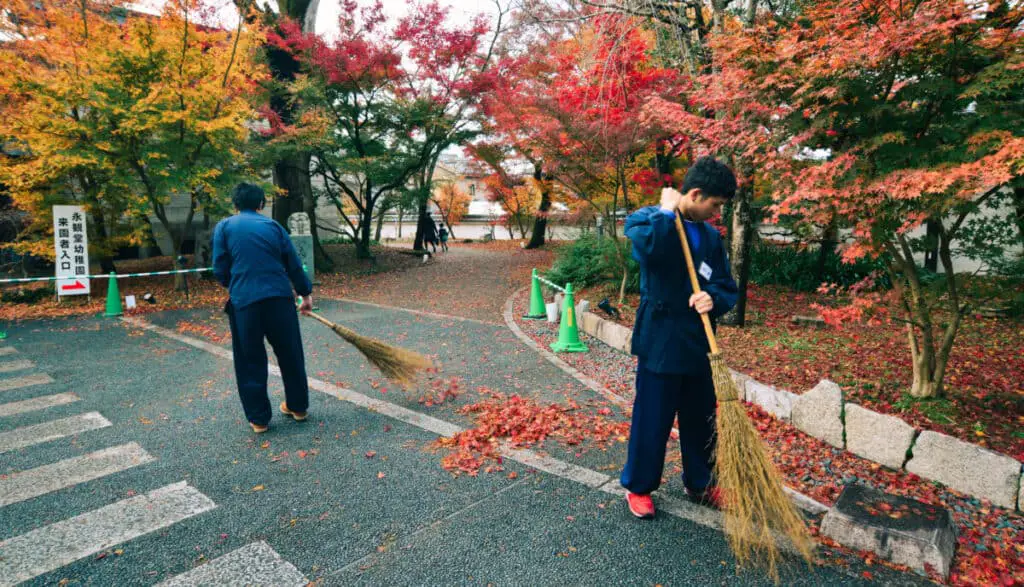
The removal of trash cans has forced residents into more creative ways of trash disposal. Citizens will carry trash in their pockets and wait until they get home to throw it out, and public restrooms have removed paper towels in place of reusable hand towels and air-dry machines.
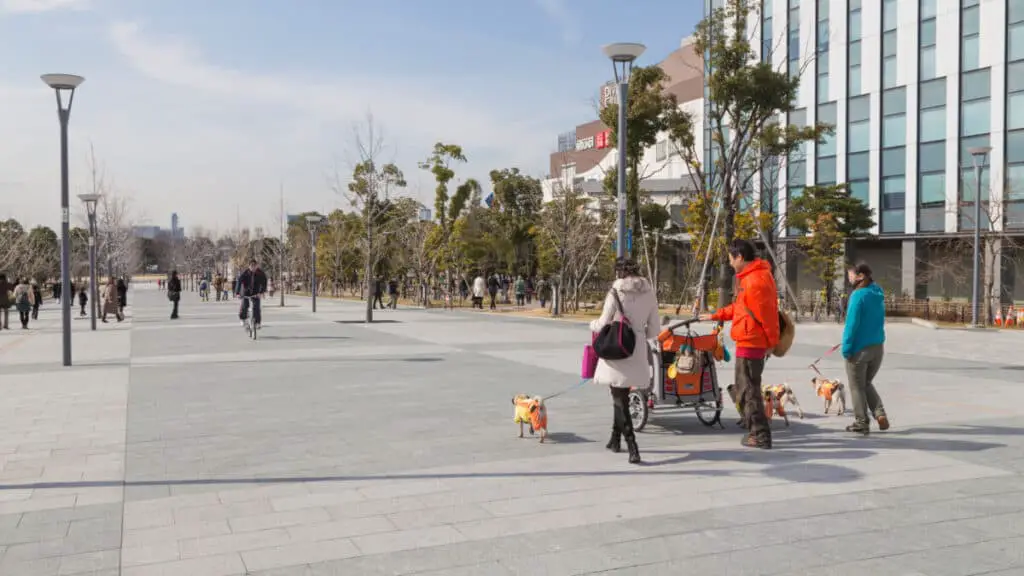
Citizens who smoke carry around their own personal pocket ashtrays, pet owners are expected to dispose of their dog’s excrement in the toilet, and there is even a public mascot named Mangetsu-man which patrols the streets ensuring that people continue working together to keep the city streets clean.
Japan takes trash disposal very seriously.
Japan is very strict with how they dispose of their waste day-to-day.
While many parts of the world just split their paper and plastics, Japan separates their garbage into a number of categories, and failure to do so may result in your garbage not being taken at all.
These categories include glass bottles, cans, combustibles, incombustible, and plastics.
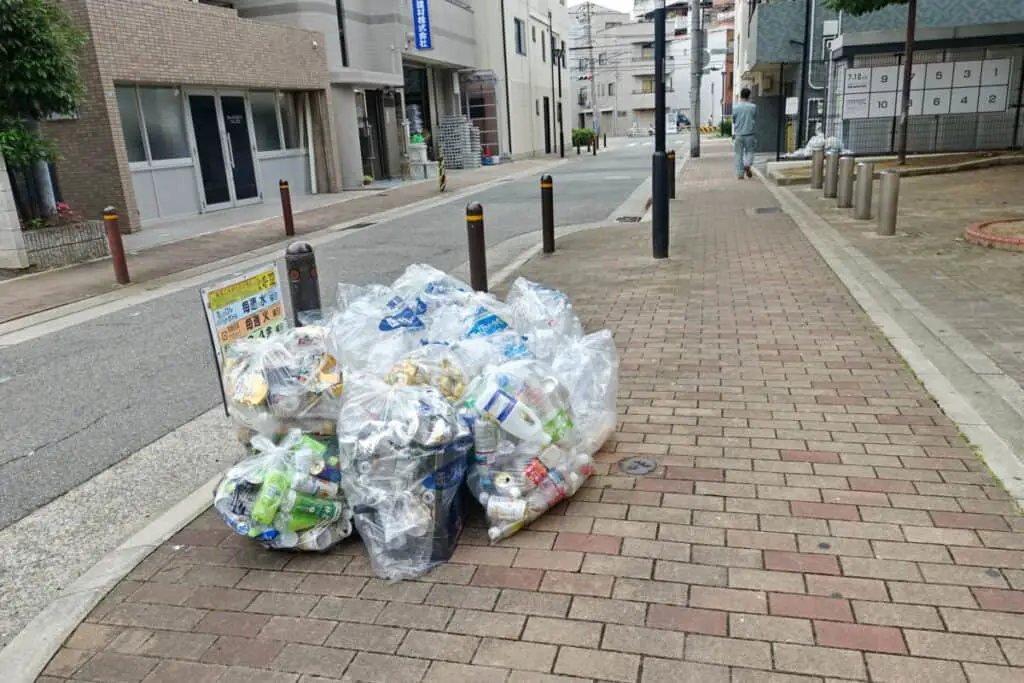
Trash bins are slowly making a return to the public.
Although they may be tricky to find, there are still some places you can find trash cans in public should you need one. Some train stations have begun putting trash cans back at their ticket gates and on platforms, although, it’s important to keep in mind that this isn’t the common case for all.
Given the high quantity of vending machines scattered throughout Japan, it is common to see a small trash can strictly for the disposal of plastics (for items from the machine) placed alongside it.
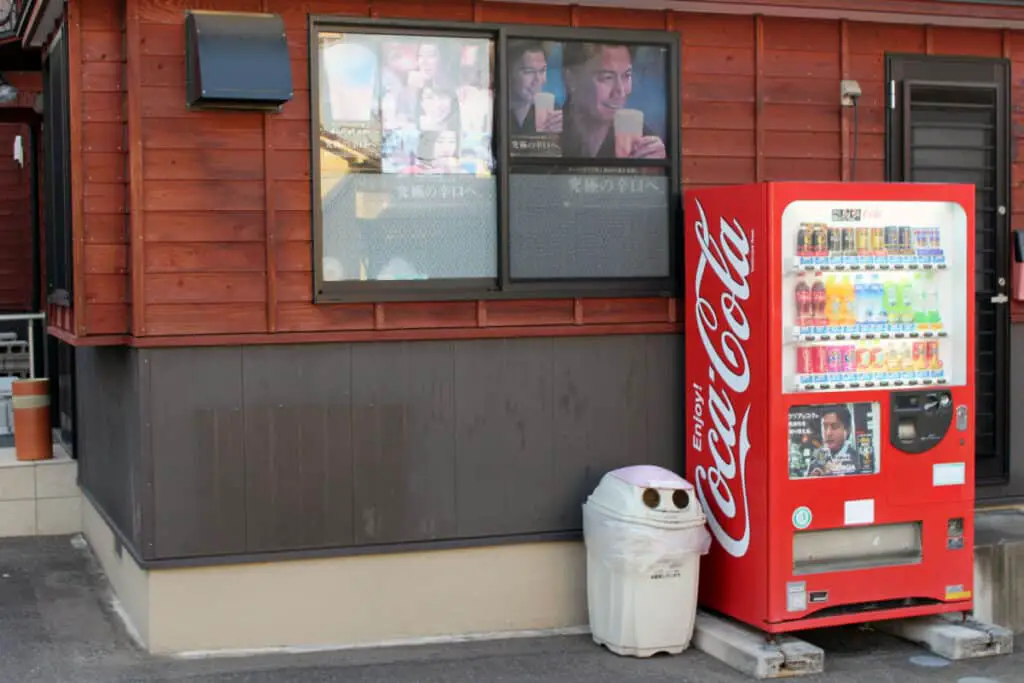
During the warmer months, parks are a popular and cherished hangout spot for Japanese citizens, therefore, trash cans can also be found at many public parks.
You may also come across trash cans at local convenience stores (although, most of these are not public, so you may need to buy something first in order to use them).
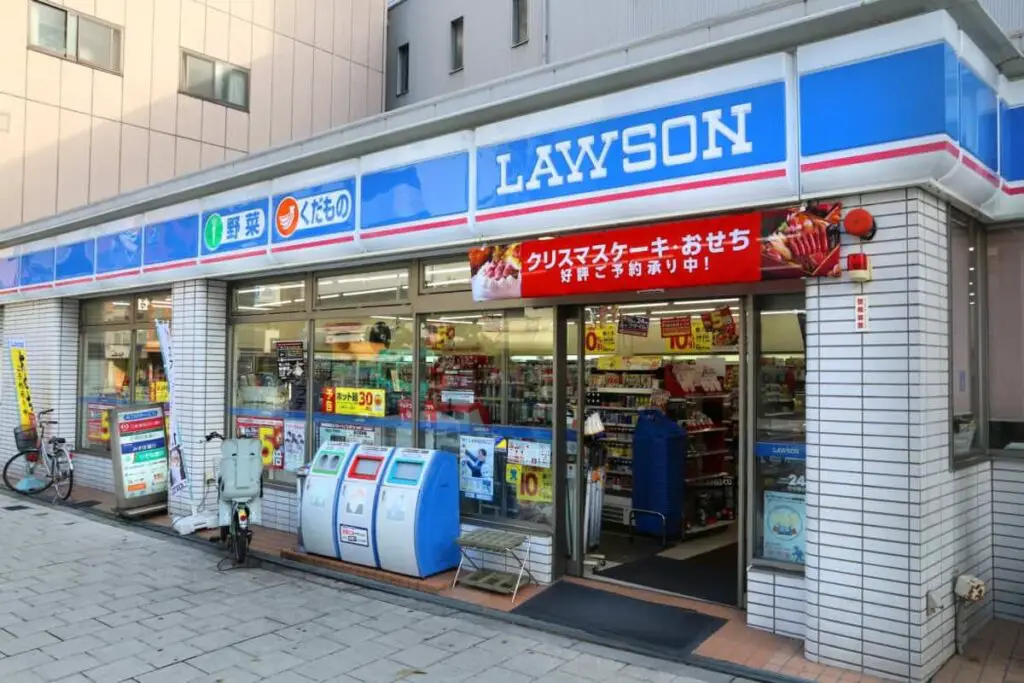
Nonetheless, while trash cans are slowly making a comeback, you may still find yourself hanging onto some trash from your day in your purse or back pocket.
Tourism is forcing the need for trash cans back into Japanese society.
“Tourism Pollution” is a term referring to a negative environmental impact as a result of increased tourism.
Many other countries in the world do not have as strict customs about littering and waste as Japan, and it is not practical to rely on goodwill alone to keep city streets clean.
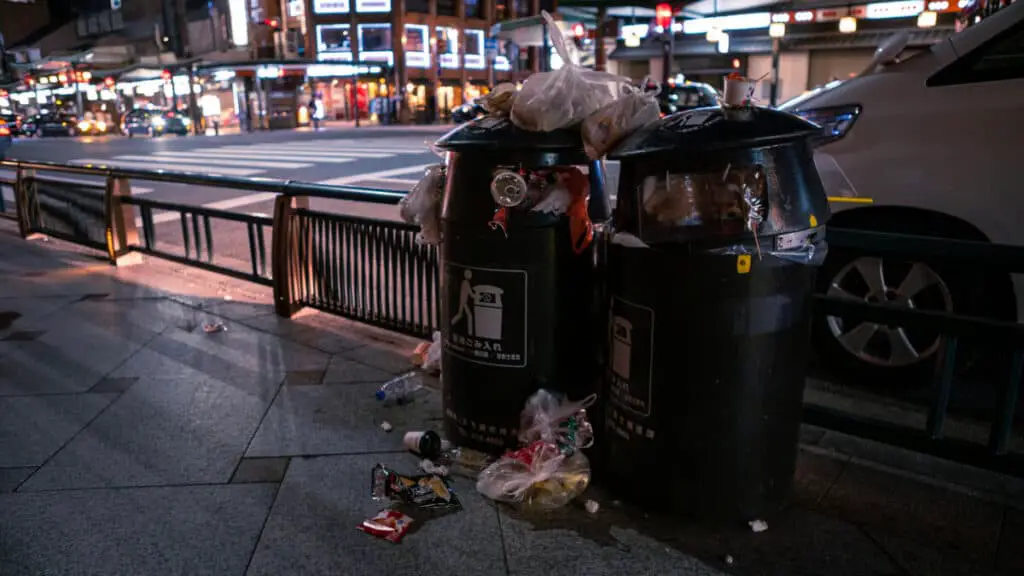
Tourists have been known to litter out of frustration over not being able to find a can to dispose of their waste or don’t understand the cultural disrespect of just throwing their waste onto the streets.
This has forced the Japanese government to rethink its structure around trash cans in public spaces, especially in areas experiencing a high tourism boom.
Integrating trash cans back into society
There are a number of ways to integrate trash cans back onto the streets of Japan that can continue to ease the public’s fears while also assisting with litter concerns as a result of the spike in tourism.
Transparency is one. Using clear, plastic bags inside clear receptacles allows citizens and authorities to view the inside contents of the trash bag at a quick glance.
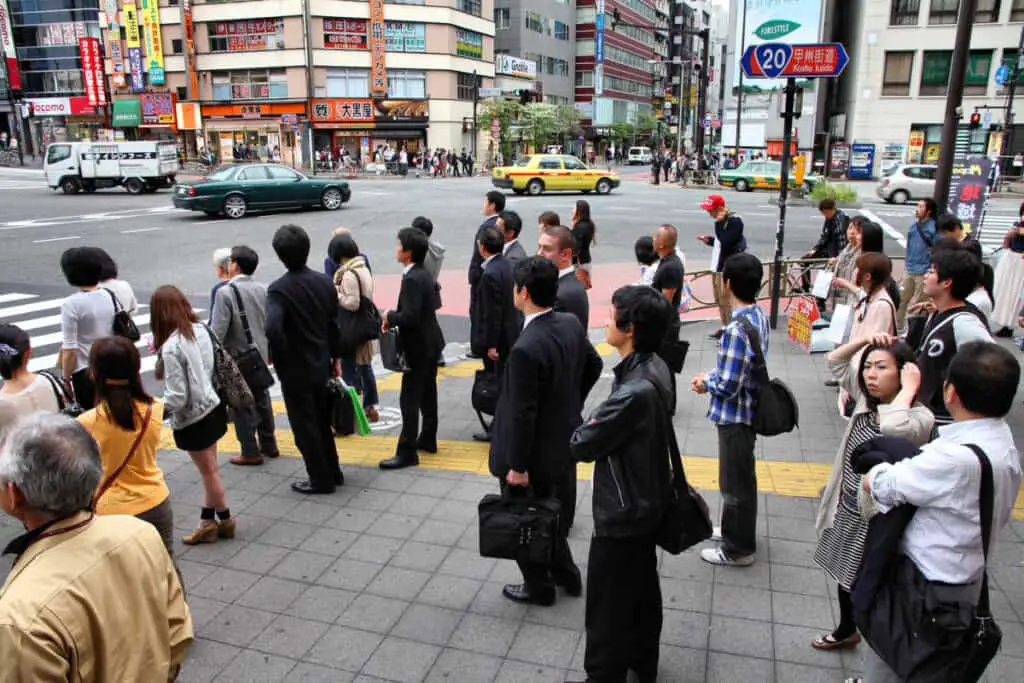
Also, strategically placing bins within an eyeshot of train staff helps ensure that any if any suspicious activity is taking place, it can be reported immediately.
The picturesque Omotesando street in Tokyo is even piloting blast-proof waste bins along its tree-lined lanes.










